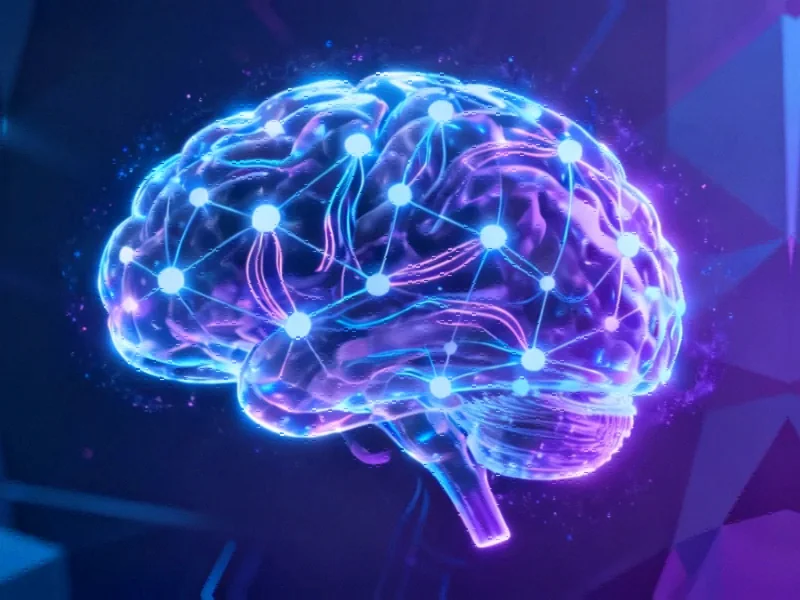According to SciTechDaily, University of Chicago astrophysicists Josh Frieman and Anowar Shajib have developed physics-based models suggesting dark energy could be changing over time, challenging Einstein’s cosmological constant theory. Their research, published in Physical Review D in September 2025, combines data from multiple observational probes including the Dark Energy Survey and Dark Energy Spectroscopic Instrument, finding that models describing dark energy as dynamic align better with current observations than fixed cosmological constant models. The data suggest dark energy density has decreased by about 10% over the last several billion years, and the researchers propose this could be explained by ultra-light axion particles about 38 orders of magnitude lighter than electrons. This represents the first significant hint in over 20 years that dark energy might not be constant, potentially pointing toward new fundamental physics that could reshape our understanding of cosmic evolution.
Table of Contents
Einstein’s Century-Old Assumption Under Pressure
The cosmological constant represents one of Einstein’s most enduring—and controversial—contributions to physics. Originally introduced in 1917 to maintain a static universe before Hubble’s discovery of expansion, Einstein later called it his “greatest blunder” when evidence emerged that the universe was indeed expanding. However, the concept was resurrected in the 1990s when astronomers discovered the universe’s expansion was accelerating, requiring some form of repulsive energy. The standard cosmological constant model assumes this dark energy density remains perfectly constant throughout cosmic history, representing a fixed property of space itself. If the new findings hold, we may be witnessing the second death and resurrection of this concept—this time as a dynamic field rather than a static constant.
The Axion Solution to Multiple Cosmic Puzzles
What makes this research particularly compelling is its connection to axion physics, which originally emerged from quantum chromodynamics to solve the strong CP problem in particle physics. Axions have long been considered promising dark energy candidates, but the ultra-light versions proposed in this study represent a novel application. These hypothetical particles would behave differently than standard axion dark matter candidates, acting as a dynamical dark energy component that only begins evolving after the universe reaches a certain age. The researchers’ analogy of a “ball on a sloping field” captures the essential physics—dark energy remains constant until some trigger causes it to begin slowly rolling down its potential, gradually decreasing in density. This elegant mechanism could simultaneously explain multiple observational puzzles while connecting dark energy to well-motivated particle physics.
The Daunting Task of Measuring Cosmic Evolution
Measuring subtle changes in dark energy density across cosmic time represents one of the most challenging endeavors in modern astronomy. The Dark Energy Survey alone collected data from 300 million galaxies over six years, while the ongoing Dark Energy Spectroscopic Instrument project aims to map 35 million galaxies and quasars. These massive surveys combine multiple observational techniques—supernovae distances, baryon acoustic oscillations, cosmic microwave background measurements, and gravitational lensing—to reconstruct the expansion history with unprecedented precision. The claimed 10% decrease in dark energy density represents an extraordinarily subtle signal buried within enormous datasets, requiring sophisticated statistical analysis to distinguish from systematic errors or unknown astrophysical effects.
Redrawing the Cosmic Endgame
If dark energy is indeed dynamic and decreasing, the ultimate fate of our universe looks dramatically different than standard projections. The traditional cosmological constant scenario leads to exponential expansion eventually isolating all structures in isolated “island universes” separated by unimaginable distances. A decreasing dark energy density suggests we might avoid both the dramatic Big Rip scenario and the cyclical Big Crunch, instead heading toward a more gradual “Big Freeze” where expansion continues but at a decelerating rate. This has profound implications for the very long-term future of cosmic structure formation, star formation, and ultimately the possibility of life in the distant universe. While these timescales stretch billions of years into the future, understanding them helps constrain the fundamental laws governing our cosmos today.
The Coming Wave of Definitive Tests
The real test for these revolutionary claims will come from next-generation observatories now coming online. The Vera Rubin Observatory’s Legacy Survey of Space and Time (LSST) will begin operations soon, mapping the entire visible sky every few nights and detecting billions of galaxies. Combined with ongoing DESI observations and future space missions like ESA’s Euclid and NASA’s Roman Space Telescope, we’re entering an era where dark energy evolution can be measured with decisive precision. The researchers’ published models make specific predictions that these upcoming surveys can test within the next decade. If confirmed, we may be witnessing the beginning of a paradigm shift comparable to the original discovery of cosmic acceleration—one that could reveal entirely new physics beyond our current Standard Model of cosmology.
Related Articles You May Find Interesting
- The Double-Edged Sword of Daily Open-Source Updates
- Barclays Bets $40B on US Consumer Loans with Best Egg Acquisition
- Helion’s $2.8B Bet on Fusion Without Ignition
- Wondershare’s AI-Powered UniConverter V17 Redefines Media Workflows
- The Great Thaw: How 2025’s Hiring Revival Will Reshape Labor Markets



